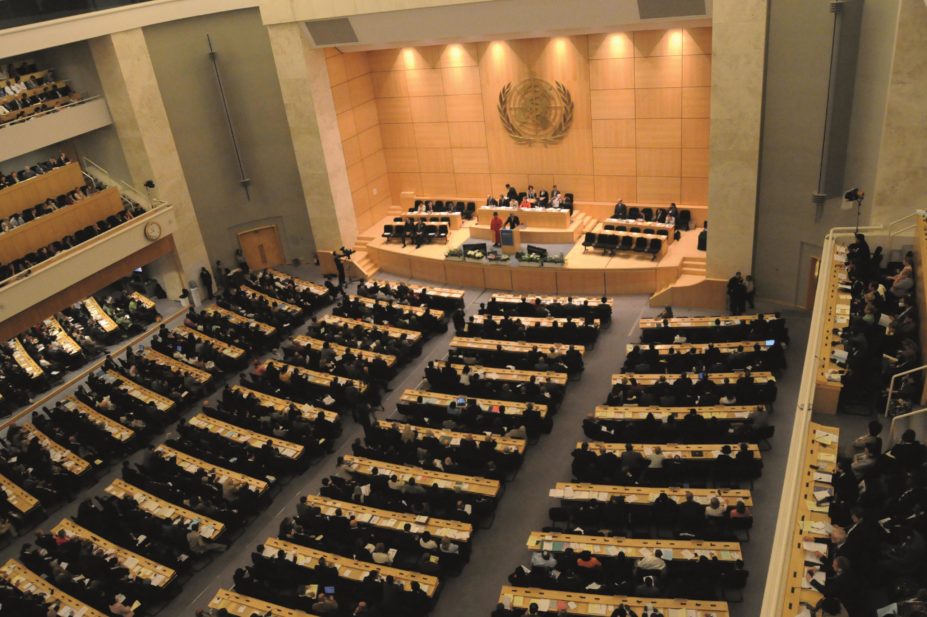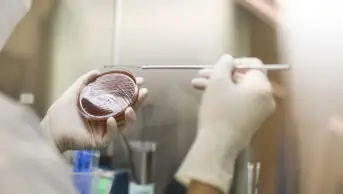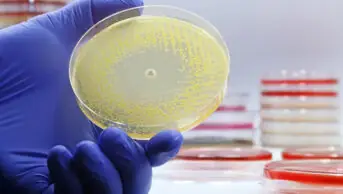
WHO / Oliver O'Hanlon
New partnerships between the pharmaceutical industry, academia and politicians are needed to generate new antibiotics and other technologies to fight antimicrobial resistance, according to a global action plan approved by the World Health Assembly (WHA) on 25 May 2015.
No major new class of antibiotics has been discovered since 1987 and there are “too few” drugs in development to meet the current challenges of multi-drug resistance, the global action plan on antimicrobial resistance drawn up by the World Health Organization (WHO) points out.
The plan calls for new multi-agency partnerships across the private and public sectors and the creation of incentives to encourage research and development in the prevention, diagnosis and treatment of resistant infections.
The action plan has five objectives — raising awareness and understanding of antimicrobial resistance; strengthening surveillance and research; reducing incidence of infection; making the best use of antimicrobial medicines; and ensuring investment in countering antimicrobial resistance.
Each member state of WHO has now been given two years to develop their own national antimicrobial resistance plan that reflects the principles of the global plan. On 14 May 2015, the UK’s Independent Review of Antimicrobial Resistance published a number of funding proposals to help develop new antibiotics.


